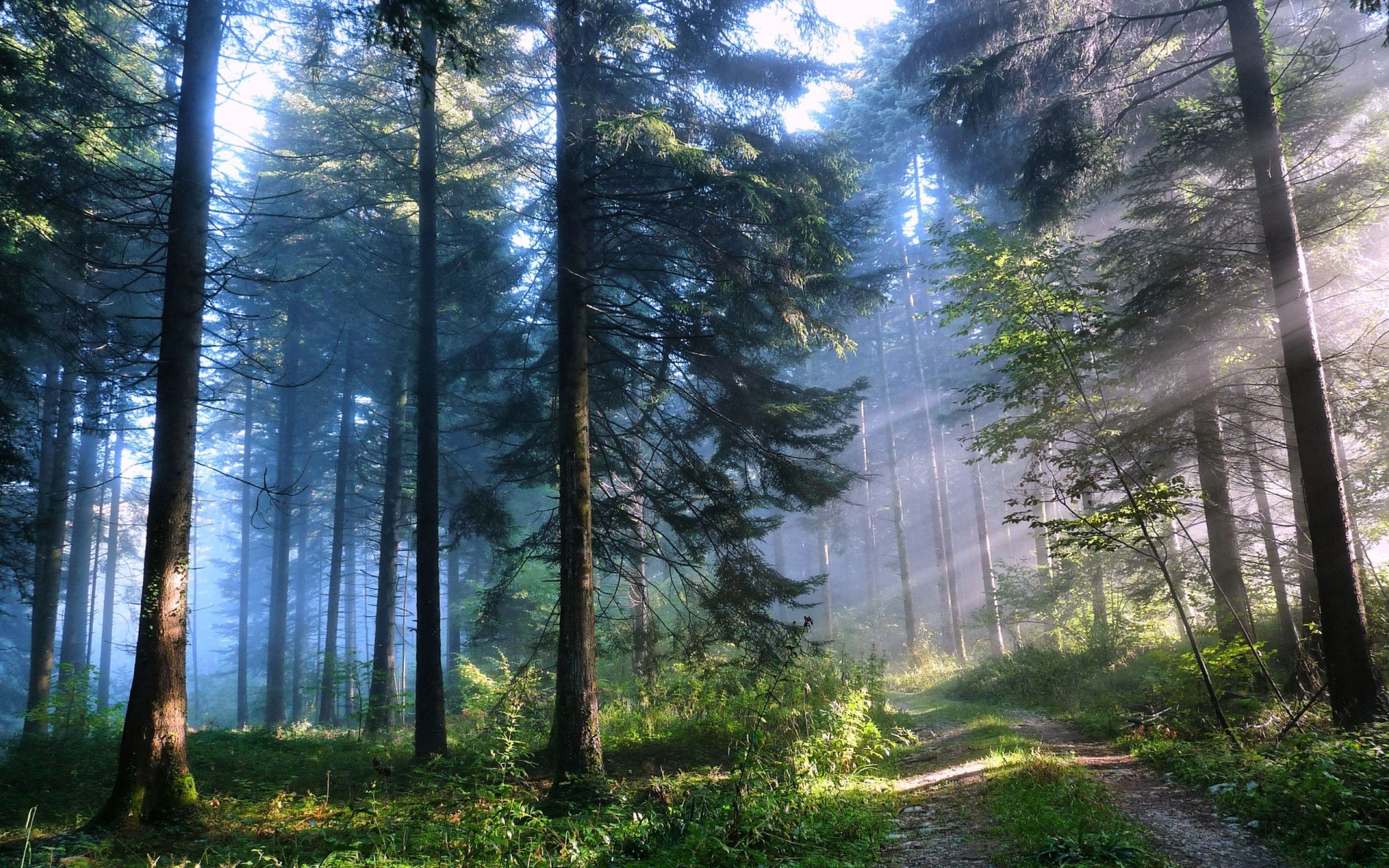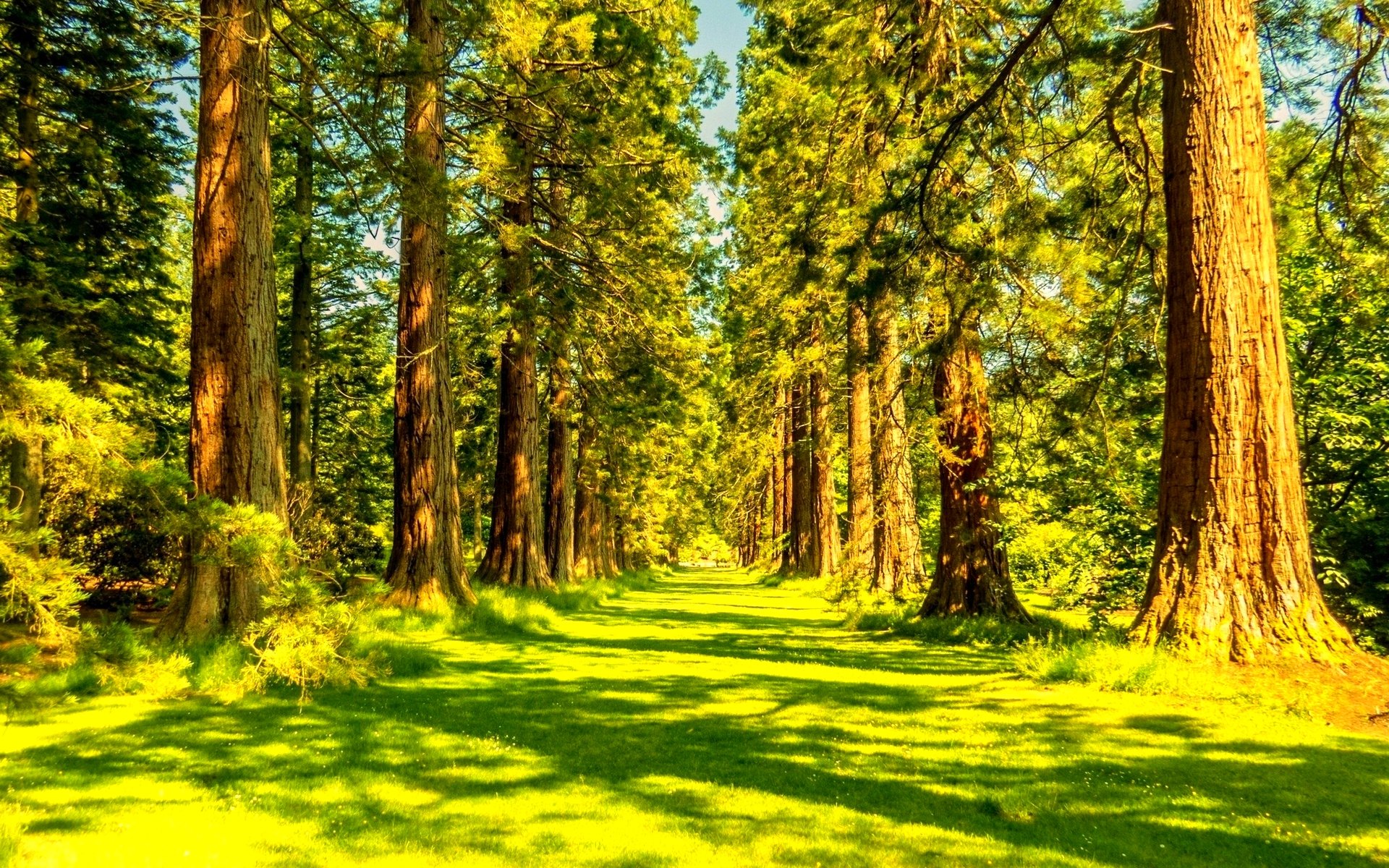Forrest Green - The Iconic Color And Its Rich History
Forrest Green, a hue that evokes the dense and lush canopies of forests, holds a special place in the world of design and nature alike. This deep, earthy shade carries the essence of tranquility and balance, making it a popular choice for various creative applications. From its origins in the natural world to its diverse uses in modern industries, Forrest Green continues to inspire and captivate those who encounter it.
The story of Forrest Green doesn't just revolve around its vibrant shades but also its connection to Lisa Frank Inc., a brand known for its playful and colorful designs. Forrest Green, the second child of Lisa Frank, took over as CEO of the company in the early '90s, leaving a lasting impression on the business landscape. The color itself, with its hex code #228b22, serves as a testament to the enduring appeal of nature-inspired tones in the design world.
In some respects, Forrest Green's journey mirrors the journey of the color it represents. From its roots in the natural world to its widespread adoption in various industries, this shade has become a symbol of growth, development, and balance. As we explore the nuances of this color, we'll uncover its significance in cartography, environmentalism, school colors, scouting, military, and sports. So, let's get started and learn more about what makes Forrest Green so special.
Who is Forrest Green?
Before diving into the intricacies of the color itself, it's essential to understand the individual behind the name. Forrest Green, the second child of Lisa Frank, played a pivotal role in shaping the future of Lisa Frank Inc. His contributions to the company have left an indelible mark on its legacy. Below is a table summarizing some key details about Forrest Green's personal life and career:
| Full Name | Forrest Green |
|---|---|
| Parent | Lisa Frank |
| Position at Lisa Frank Inc. | CEO |
| Years Active | Early '90s to present |
| Notable Contributions | Expansion of Lisa Frank Inc.'s product range |
What Makes Forrest Green So Special?
So, what exactly makes this shade of green so unique? Forrest Green is more than just a color; it represents the essence of nature and its calming effects on the human psyche. This deep, rich green is often associated with growth, development, and balance, making it a popular choice for designers and artists alike.
In a way, Forrest Green stands out because of its versatility. Whether used as a text color, background, or border, this hue adds a touch of sophistication and elegance to any design. Its deep, neutral undertones make it an excellent choice for creating harmonious color schemes that appeal to a wide range of audiences.
How Does Forrest Green Compare to Other Shades?
One of the most common questions people ask is, "How does Forrest Green differ from other shades of green?" To answer this, we need to look at its unique characteristics. Unlike lighter greens, which can sometimes appear overly bright or harsh, Forrest Green offers a more grounded and earthy feel. This makes it an ideal choice for designs that aim to evoke a sense of calm and serenity.
Similarly, when compared to darker shades like hunter green, Forrest Green tends to be a bit lighter, allowing it to blend seamlessly with other colors. This adaptability is one of the reasons why it's so widely used in various industries, from cartography to sports.
What Are the RGB Values of Forrest Green?
For those interested in the technical aspects of this color, understanding its RGB values can be quite helpful. The RGB values for Forrest Green are (34, 139, 34), which contribute to its deep, rich appearance. These numbers represent the amount of red, green, and blue light combined to create the final hue.
For instance, the low red value of 34 ensures that the color remains predominantly green, while the higher green value of 139 adds depth and richness. The blue value of 34 complements these other values, creating a balanced and harmonious shade.
Where Can You Find Forrest Green?
So, where exactly can you spot this iconic color? Forrest Green is used in a variety of industries, each utilizing it for its unique qualities. For example, in cartography, this shade is often used to represent forests and wooded areas on maps. Its resemblance to the natural world makes it an excellent choice for environmentalists and conservationists who wish to highlight the importance of preserving green spaces.
Schools and sports teams also frequently incorporate Forrest Green into their color schemes. The color's association with growth and development makes it a natural fit for educational institutions, while its grounding qualities appeal to sports teams looking to project a sense of stability and strength.
Can Forrest Green Be Used in Digital Design?
Of course, Forrest Green isn't limited to traditional applications. In digital design, this color can be used to great effect in web and app development. By leveraging its hex code, #228b22, designers can ensure consistent color representation across various platforms. Whether used as a background, text, or border, Forrest Green adds a touch of sophistication and elegance to any digital project.
For example, when designing a website focused on sustainability or environmental awareness, incorporating Forrest Green can help reinforce the site's message. Its association with nature and balance makes it a powerful tool for communicating these values to users.
How Can Forrest Green Be Combined with Other Colors?
A common question among designers is, "What colors pair well with Forrest Green?" The answer lies in understanding the color wheel and complementary color theory. Forrest Green, being a cool-toned green, works beautifully with warm colors like orange and yellow. These combinations create a striking contrast that draws the eye and adds visual interest.
Additionally, pairing Forrest Green with neutral colors like beige or gray can create a calming and harmonious effect. This approach is often used in interior design to create spaces that feel both inviting and sophisticated. By experimenting with different color combinations, designers can unlock the full potential of Forrest Green in their projects.
Why Should You Use Forrest Green?
Alright, so why should you consider incorporating Forrest Green into your designs? The answer lies in its versatility and emotional resonance. This color has the unique ability to evoke feelings of calm and balance, making it an excellent choice for projects that aim to communicate these values.
For example, a brand focused on sustainability might use Forrest Green to reinforce its commitment to environmental responsibility. Similarly, a wellness-focused company could leverage this color to create a sense of tranquility and relaxation in its marketing materials. Ultimately, Forrest Green's appeal lies in its ability to connect with audiences on a deeper, more emotional level.
Is Forrest Green a Good Choice for Branding?
Well, that depends on the message you're trying to convey. If your brand values growth, development, and balance, then Forrest Green could be an excellent choice. Its association with nature and the environment makes it a natural fit for companies focused on sustainability and eco-friendly practices.
However, if your brand aims to project a more energetic or youthful vibe, you might want to consider lighter shades of green or other colors altogether. Ultimately, the decision to use Forrest Green in branding comes down to understanding your audience and aligning your color choices with your brand's core values.
What Are Some Examples of Forrest Green in Action?
Finally, let's take a look at some real-world examples of Forrest Green in action. From product packaging to website design, this color has been used in countless creative applications. For instance, a line of eco-friendly products might feature Forrest Green prominently in its branding to emphasize its commitment to sustainability.
Similarly, a sports team might incorporate this color into its uniforms and logos to project a sense of strength and stability. By studying these examples, designers can gain valuable insights into how best to use Forrest Green in their own projects, ensuring that it serves its intended purpose while enhancing the overall aesthetic.
As we've explored throughout this article, Forrest Green is more than just a color; it's a symbol of nature's beauty and the balance it brings to our lives. Whether used in traditional or digital design, this shade offers endless possibilities for creative expression. By understanding its unique qualities and applications, designers can harness the power of Forrest Green to create compelling and meaningful designs.



Detail Author:
- Name : Alex Homenick
- Username : morissette.amara
- Email : pagac.vivianne@hotmail.com
- Birthdate : 1972-01-06
- Address : 73542 Jordyn Bypass Traceyside, NC 97797
- Phone : 1-952-977-3878
- Company : Muller-Predovic
- Job : Roofer
- Bio : Velit et dolorum voluptas nesciunt quas sit. Rem ipsa laudantium velit ea adipisci accusantium. Omnis consequatur ut quia fuga praesentium molestiae. Et debitis doloremque quis sed et.
Socials
tiktok:
- url : https://tiktok.com/@chowell
- username : chowell
- bio : Asperiores sint qui sequi eum.
- followers : 6859
- following : 1391
twitter:
- url : https://twitter.com/chowell
- username : chowell
- bio : Fuga nulla dolores mollitia nostrum eligendi velit dolor. Eum voluptas voluptate voluptas est vel.
- followers : 1698
- following : 1924
linkedin:
- url : https://linkedin.com/in/colton.howell
- username : colton.howell
- bio : Rerum aut perferendis debitis vitae quis.
- followers : 3844
- following : 2212
facebook:
- url : https://facebook.com/coltonhowell
- username : coltonhowell
- bio : Rerum cum quo et voluptas qui quod nostrum. Sint autem illum qui et eos.
- followers : 6504
- following : 2013
instagram:
- url : https://instagram.com/colton_real
- username : colton_real
- bio : Fugit ut porro aut saepe sequi. Velit velit nostrum a. Eos atque sint atque rem expedita eligendi.
- followers : 2162
- following : 1212